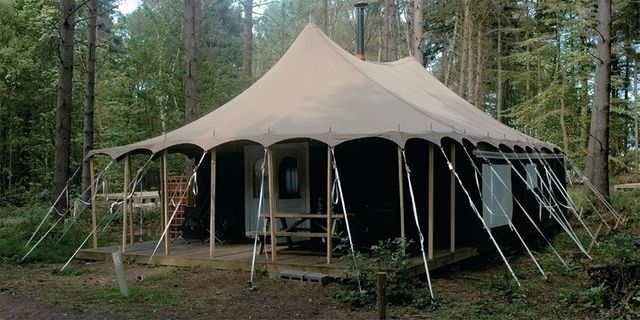
The River Derwent at Stamford Bridge is much quieter now than it was 1,000 years ago when King Harold’s Saxons met the Vikings here in a decisive battle.
* Originally published in 2018.
There are worse alarm clocks than the gentle cooing of a collared dove. Stepping out from my tent, I was straight into the woodland of North Yorkshire. Pheasants called from the undergrowth, a usually shy song thrush hopped only a few meters from my feet.
Perhaps a band of invaders who camped here 1,000 years or so ago had a similar serene awakening. I was here to follow in the footsteps of conquest. There’s nothing like getting in the mind of our forebears by treading the same ground that they walked, doing what they did, and seeing what they saw.
OK, I admit it. I cheated a little.
Slumming it in a sleeping bag on a hard floor with barely enough room to roll over before getting tangled in tent ropes doesn’t really do it for me, so I spoiled myself with the decadence of luxury camping. Jollydays is one of a new trend of glamping (glamorous camping) sites, nestled in Buttercrambe Woods, eight miles east of York and a mile north of Stamford Bridge.
“Tent” doesn’t quite seem to be the right word to describe where I stayed; I’d never before seen a tent sporting a shower, roll-top bath, toilet, kitchen area, four-poster beds and sofa.
Back to that tranquil morning: I fought clear of the two duvets and a couple of hot water bottles; the wood burner took the cold nip out of the air. My luxurious surroundings allowed me to flop in a chair on the wooden veranda with a cup of tea made on the two-hob gas stove and I watched the natural world around me.
The calm did not last for that band of invaders who were here almost 1,000 years before me. At some point on the morning of 25th September 1066, one of them sighted a dust cloud in the west. It was evident that an army was on the move, and this quiet countryside was to be the scene of battle.
1066 is the linchpin year in British history. England was in turmoil. Edward the Confessor had died without leaving an heir and northern Europe’s most powerful men were lining up to snatch the English throne. First to react was Harold Godwinson, the most powerful noble in the kingdom, who had the benefit of being the first to hear of Edward’s death. He was crowned at Westminster Abbey before his two main threats, Harald Hardrada of Norway and Duke William of Normandy, were aware that the throne was vacant.
Hardrada laid claim to the English throne because his Viking ancestors sat on it before Edward. Norsemen had also dominated northern England for the past two centuries, building the bustling city of York and creating an Anglo-Scandinavian population for whom a Norwegian king would be nothing out of the ordinary. An invasion force quickly assembled and Hardrada invaded from the east coast, using the local knowledge of Tostig, King Harold’s disgruntled brother and former Earl of Northumbria. After defeating the local earls in combat, the invaders settled down at Stamford Bridge, a natural crossroads, to await the hostages and tribute that the people of York had promised him.
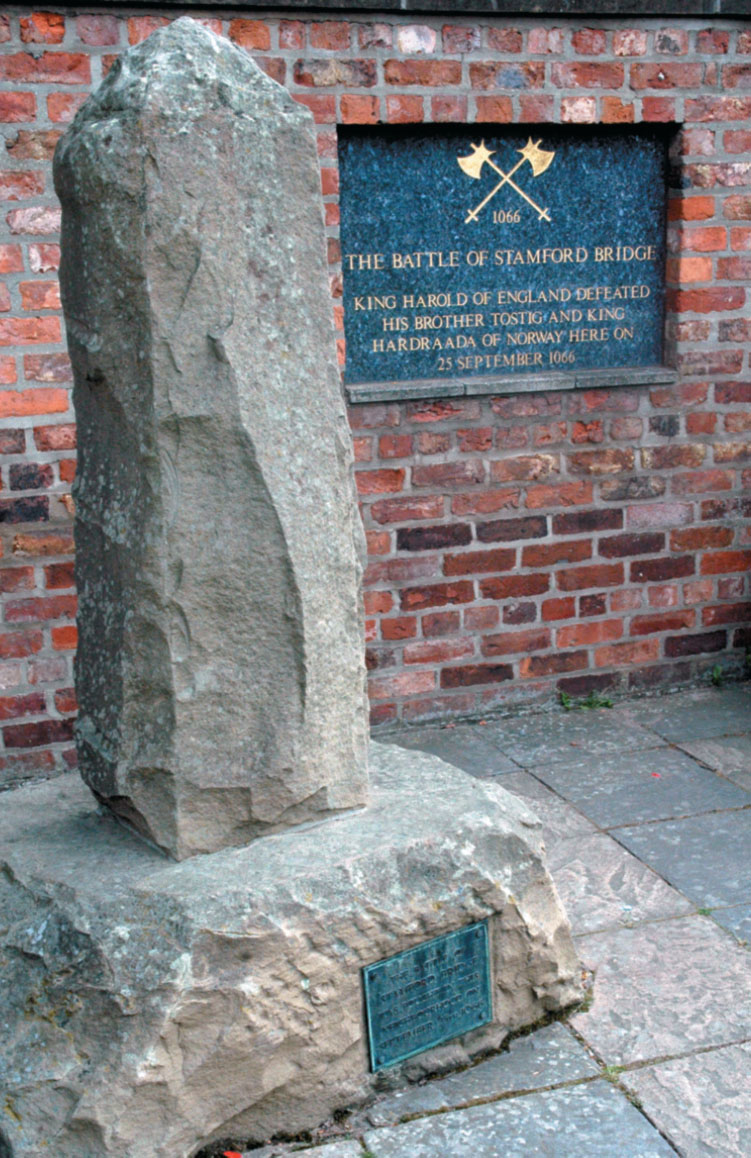
SCOTT REEVES
If I wanted to trace their footsteps, further I needed to follow them across the Derwent, but I didn’t have a hostile army on my tail and could take things more leisurely. A slight diversion south-west brought me to the Balloon Tree, a friendly, family-run farm shop on the outskirts of Gate Helmsley. The small café was the perfect location for a breakfast of crispy bacon, eggs and toast. After all, you can’t fight a battle on an empty stomach.
It was a short stroll onwards to Stamford Bridge. Crossing the 18th-century stone bridge took me into the town square, though it is more of an oblong flanked by three pubs and a section of the river. A queue of cars waited for the traffic lights to change. The bridge is wide enough to carry only a single lane, yet the road carries all traffic between York and Bridlington. At least the narrow bridge helps to stop the square becoming overwhelmed by traffic.
Actually, the drivers of the cars should count themselves lucky, for they have a far easier crossing than King Harold’s army. The soldiers needed to cross the River Derwent if they were to force Hardrada into battle, but a Norwegian warrior put his name in the sagas by single-handedly holding off the Saxons over the narrow wooden medieval bridge with a double-headed axe, the river running red with blood beneath him.
Visiting Stamford Bridge
Jollydays has a choice of deluxe, lodge and bell tents. The deluxe and luxury tents have all the facilities inside a single tent canvas, the bell tents have separate sleeping tent and cooking huts but no shower or toilet (there are communal showers and toilets on-site).
The Norseman’s name remains unknown (and if we’re being honest, he is probably the invention of later writers), but his reputation lives on at the Swordsman Inn—the first building encountered on the far side of the river, where I enjoyed a pint of local ale. After all, it was vital to explore the inside of the pub for research purposes.
According to legend, King Harold only succeeded in crossing the river after a crafty Saxon paddled under the bridge in a pig swill tub and killed the Viking strongman with a spear thrust from below. Now both armies were in Stamford Bridge and battle proper could begin. Hardrada formed his men in a shallow arc, taking advantage of the slight gradient, forming a shield wall and waiting for the Saxons to come at them. I scurried along the road to Battlefield Flats, trying to catch up with the momentous events of a thousand years previous.
Modern development has seen new housing estates encroach onto the edges of the battlefield over the last few decades. It remains a contentious issue between those who want to see a historic landscape preserved and those who point out that very little of note remains visible to be conserved. Yet the core of the battlefield is largely untouched. A path from the housing estate traces the line of the Saxon attack through cultivated fields and up the shallow gradient where the Norsemen stood waiting, shields overlapping, shouting insults, baiting their enemy.
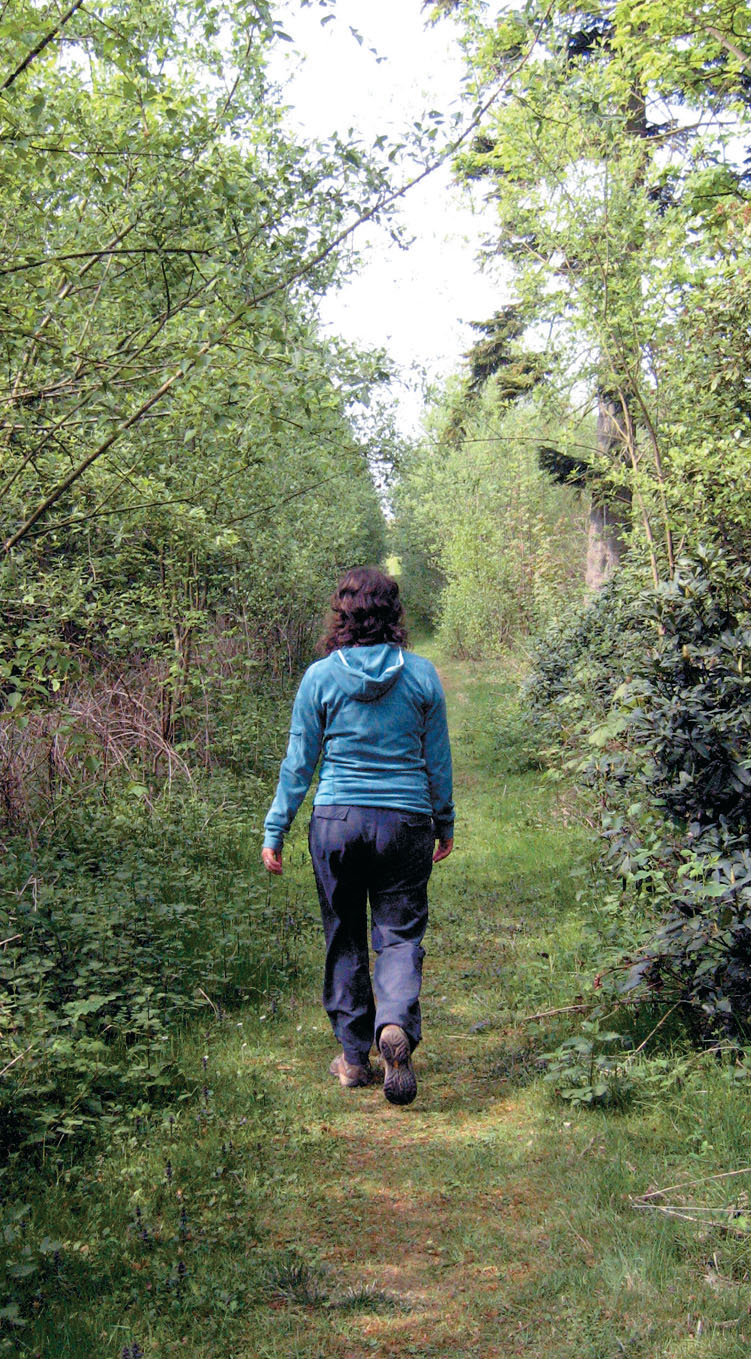
SCOTT REEVES
So it was to be a fight to the bitter end. The Saxons charged again, this time routing the invaders and forcing them to flee. The few Scandinavians that survived escaped in only 24 boats. 300 had first brought the invasion force across the North Sea.
The line of retreat through the fields alongside the River Derwent is today a peaceful landscape, punctuated by occasional houses and a resident raising a friendly wave. Not so a millennium ago. The Norsemen were running for their lives, not knowing whether the people they stumbled across were sympathetic or loyal to King Harold. For two centuries their countrymen had massive influence in the north, but the Battle of Stamford Bridge was the death knell of Viking Britain. The age of Jorvik, the Danelaw, Erik Bloodaxe and King Cnut was over. Never again would the Norsemen threaten Britain.
Back at the campsite, it was time to light up the barbecue. Cooking with fire seemed an appropriate gesture to mourn the passing of the warriors who once burned their dead in ships and sent them out to sea. The burgers came from a Stamford Bridge butcher, local Wold Top ale washed them down. After that it was round the communal campfire to trade tales with the other campers. They had gone about their vacations completely unaware of the mighty battle that once raged in their midst. Some drove to York for some retail therapy, others enjoyed the local trails around Buttercrambe Wood. Rabbits, pheasants and even a roe deer had been spotted during the day.
I retired to the four-poster bed on what was now Saxon land. It was a great victory for King Harold, who had seen off the first challenge to his authority. Yet he was not safe yet. Even as his army celebrated, he was given notice that a second invader had landed in Sussex. King Harold would now have to march to Hastings.
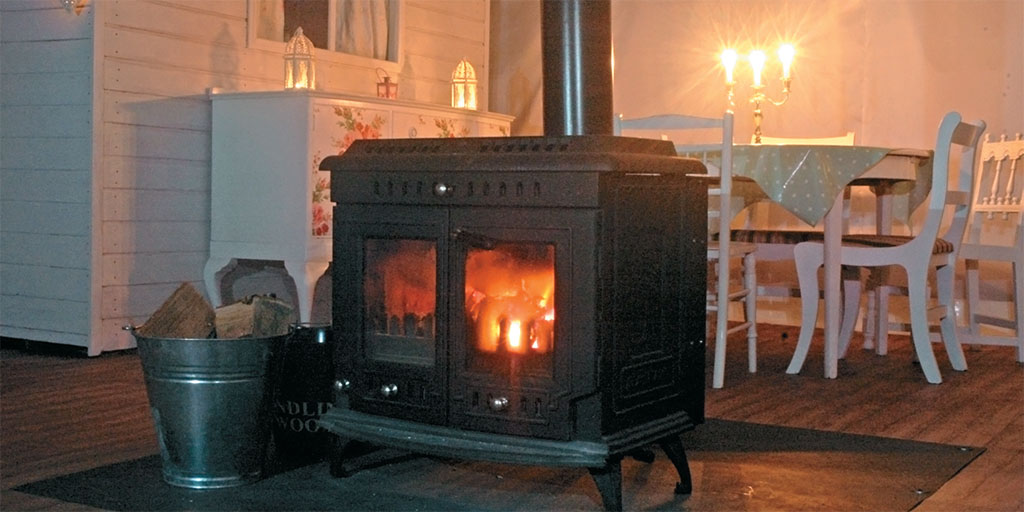
SCOTT REEVES
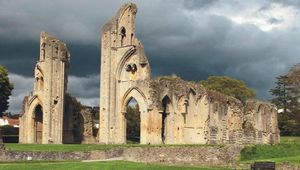


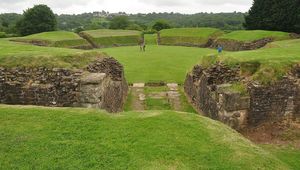






Comments